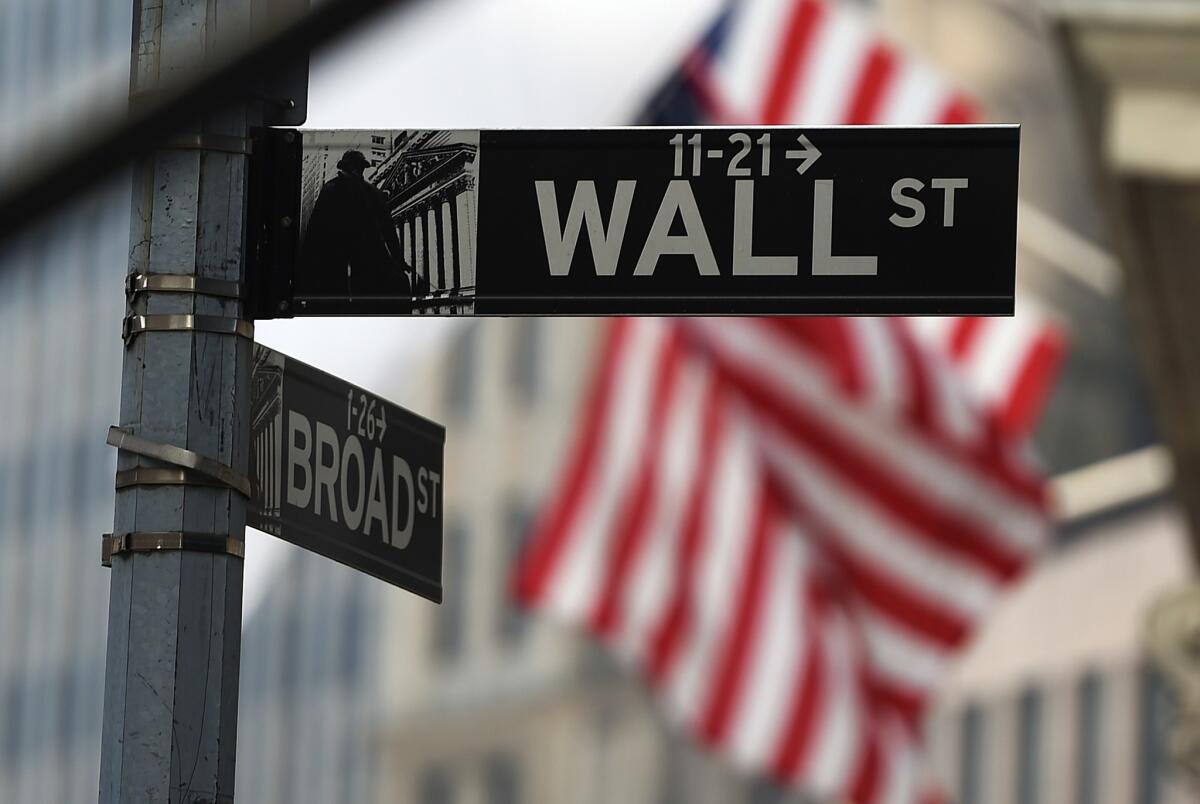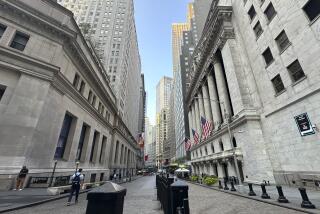Bull market marks sixth anniversary

The bull market in stocks is celebrating its sixth anniversary Monday, and most analysts don’t see an end any time soon.
The Dow Jones industrial average and the Standard & Poor’s 500 both hit lows on March 9, 2009, as regulators, lawmakers and Wall Street struggled with the aftermath of the credit crisis that gripped the world about six months earlier.
The climb back has been slow but relatively steady as the economy eventually recovered and corporate earnings began to rebound. From that low point, the S&P 500 is up about 206% through Friday, and the blue-chip Dow is up about 173%. Some analysts chalk up the difference to the fact that the Dow didn’t add powerhouse Apple Inc. to its index until Friday.
Sam Stovall, U.S. equity strategist for S&P Capital IQ, said in a research note that only three other bull markets since World War II have lasted as long.
“One mustn’t pooh-pooh a sixth birthday,” he wrote. “It’s a special accomplishment.”
Stovall said the longest postwar bull market began in October 1990 and lasted more than nine years, resulting in a 417% gain in the S&P, before ending in the “tech wreck” that started in March 2000.
The other two longer bull markets were from June 1949 to August 1956, or a bit more than seven years, and from October 1974 to the end of 1980, or six years and two months. The Reagan-era bull market lasted from August 1982 to August 1987, or a little more than five years.
A bull market is generally defined as a rising market that avoids a downturn of 20% or more. Markets, which had peaked in October 2007, already were in bear market territory when Lehman Bros. declared bankruptcy in September 2008, starting a rout in stocks that ended in losses of 57% from the peak.
At the start of this year, Wall Street analysts generally predicted continued growth in U.S. stocks for the next 12 months, albeit at a moderating pace. With the U.S. economy growing at fairly robust levels, the biggest macroeconomic risks were seen as slowing growth in China and the threat of a deflationary spiral in Europe.
“The market is not cheap,” said John Lonski, chief capital markets economist at Moody’s Analytics. “But by no measure is the market grossly overvalued or dangerously overvalued.”
Statistically, the odds are favorable for a seventh year of the bull market, Stovall said. While the longer postwar bull markets gained 19% in their sixth year, he said, the current bull has only gained 12%, suggesting it has further to go.
Twitter: @deanstarkman
More to Read
Inside the business of entertainment
The Wide Shot brings you news, analysis and insights on everything from streaming wars to production — and what it all means for the future.
You may occasionally receive promotional content from the Los Angeles Times.











